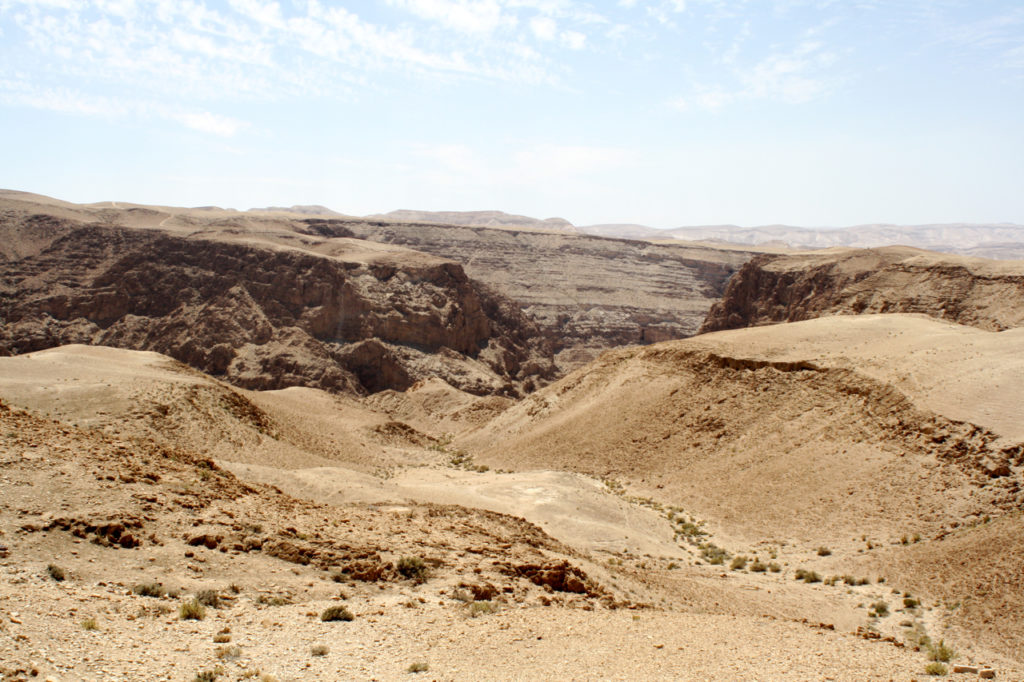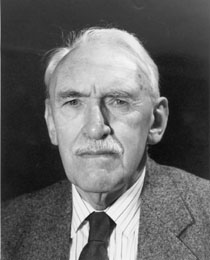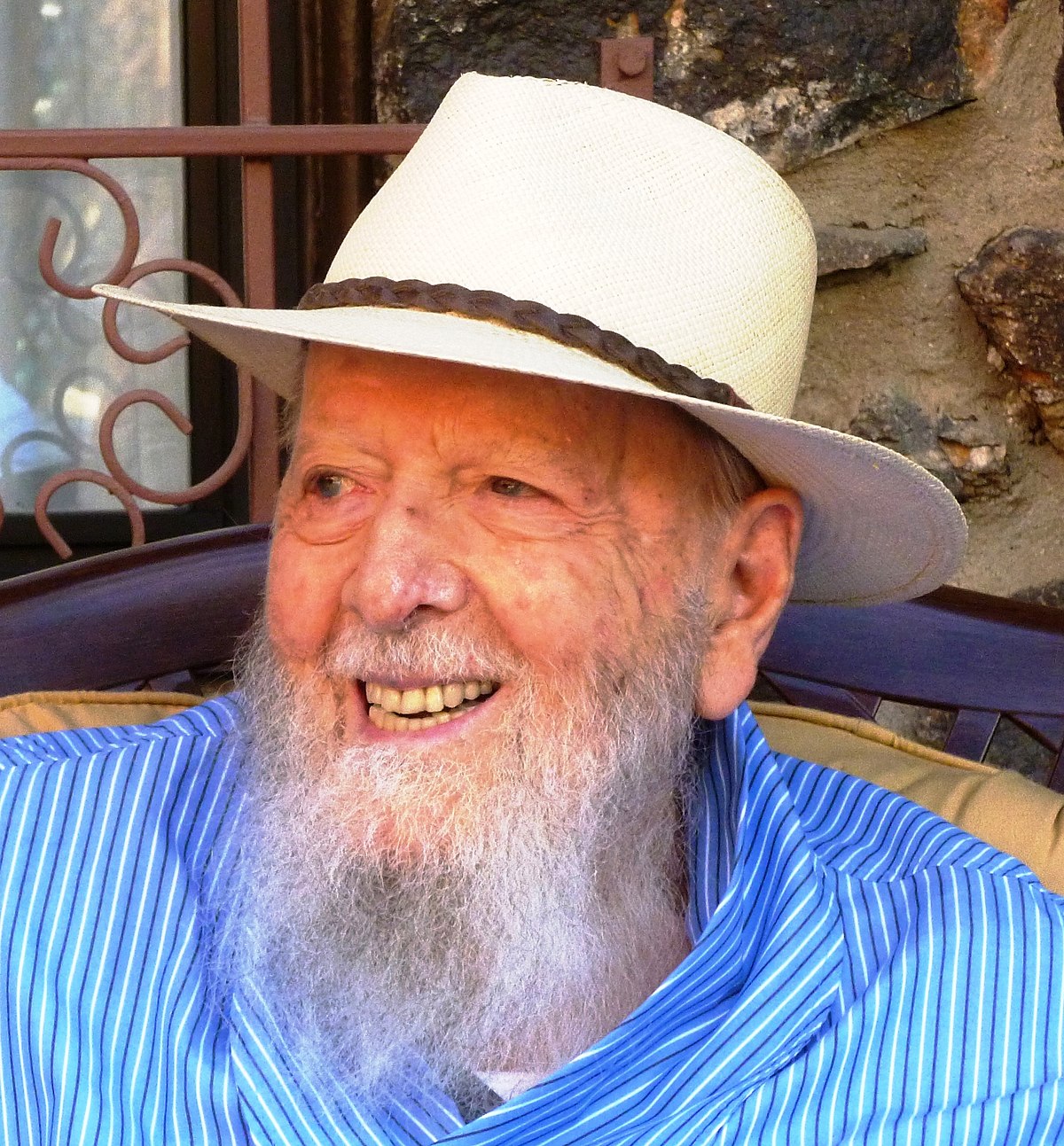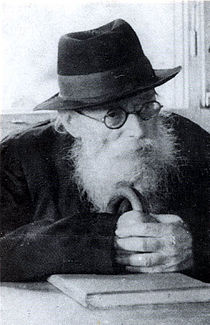One of the most beautiful areas in Israel is the Judean Desert. Even though the word desert in English conjures up a sandy wasteland such as the Sahara and much of the Saudi Arabian peninsula, the Judean desert does not fit that description. The area is not devoid of animal, vegetable and human life. It is not sandy, but rather rocky, with the craggy formations of rock forming heights, canyons, cave formations and geological shapes of breathtaking beauty. It reminds one more of the breathtaking beauty of Utah than of the desolation of the great deserts of the world. Because of its Biblical and post-Biblical history, it is also a historically memorable and at times spooky place. The spirits of Kings Saul and David, of Elijah the Prophet, of Bar Kokhba and of the various sects and cults, Jewish and non-Jewish, of the beginning of the Common Era, all of who inhabited the region lends it a special significance and deep meaning. The Bible and much of later Jewish history in the Land of Israel spring to life from the hills and rocks of the Judean Desert.

There are many underground springs of water in the Judean Desert. The largest is Ein Gedi, hard by the Dead Sea. This spring nurtures a thriving kibbutz that owns a mineral water bottling company that bottles and markets, not surprisingly, Ein Gedi spring water. It also has large agricultural holdings, almost exclusively devoted to date palms, nurtured by the waters of that same spring. And it is a great tourist site in Israel, famous for its Dead Sea spa and skin treatments center and one of the most interesting botanical gardens in the world. The botanical garden is not formally landscaped but rather it is scattered throughout the grounds of the kibbutz itself. The climate of Ein Gedi – temperatures over 100 degrees Fahrenheit for seven months of the year – with the presence of the spring water combine to allow an enormous variety of plant and tree life to flourish. There are over a thousand different species of cactus in the garden, with natural shapes that challenge one’s imagination. The flowering bushes are a constant riot of color while the great fig and fichus trees tower over the landscape. A two to three hour walk through the grounds of the kibbutz, and especially through the rain forest component of the garden, will convince one of the absolute magnificence and infinite variety of nature in God’s world. And all of this possible because of that great underground spring of sweet water that exists in the middle of the desert next to the brackish waters of the Dead Sea.
The Dead Sea itself is one of the major attractions and landmarks of the Judean Desert. The Israelis, early on in the settlement of the Land of Israel, established major manufacturing plants alongside the Dead Sea in order to extract and commercialize the mineral riches of the area. Bromides, manganese, salt and potash are the major chemical products that are processed in the Dead Sea Works. These chemicals are exported to the entire world, mainly through the port facilities of Ashdod. A tour of the Dead Sea Works is a fascinating experience.
The caves of the Judean Desert were the storage place for the famed Dead Sea Scrolls and other important archeological and scholarly finds. The Bar Kochba caves, explored by Yigal Yadin, revealed a new picture of the famed Jewish leader whose rebellion in 135 CE almost succeeded in freeing the Jews in Israel from the domination of Rome. Aside from the historical treasures of the desert, there is varied plant and animal life. At the rest stop at Kfar Adumim near Jericho, tame gazelles and ibex come to share your lunch with you, if they can. There are large signs all around that forbid feeding these animals, but the true Israeli blithely ignores such signs, especially if some type of governmental agency erected them. And the animals know that and therefore they come to the rest stop in some numbers.
The views from the Judean Desert, in every direction, are breathtakingly spectacular. One gazes down on Jericho, the oasis and spring of Joshua and Elisha, and sees the sprawling Arab town that now occupies the place. The Bedouins still make their homes in tents in the desert, but in decreasing numbers. Most of the Bedouins have become urbanized and find work at the Dead Sea hotels complex and other enterprises in the area. But the desert itself remains unchanging – seductive, serene, sinister and silent. In my opinion, any visit to Israel should include a visit to the Judean Desert.









